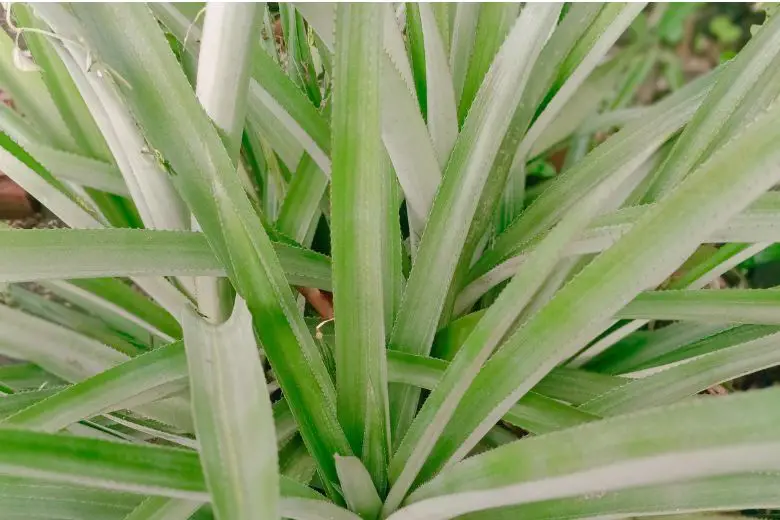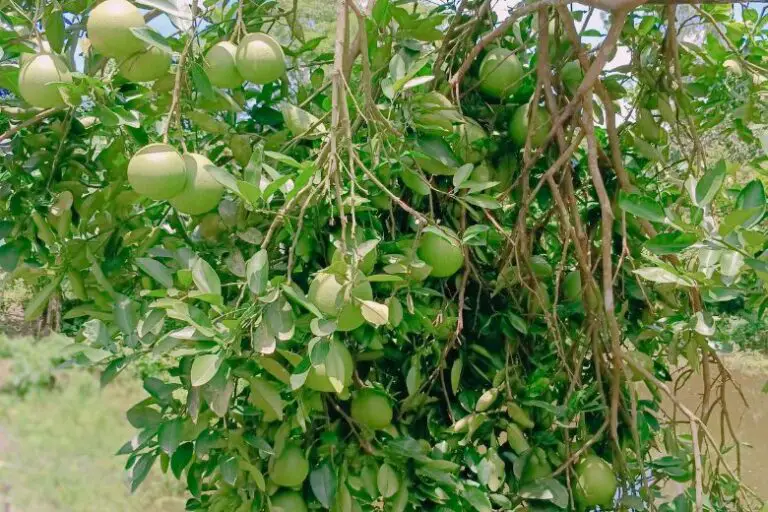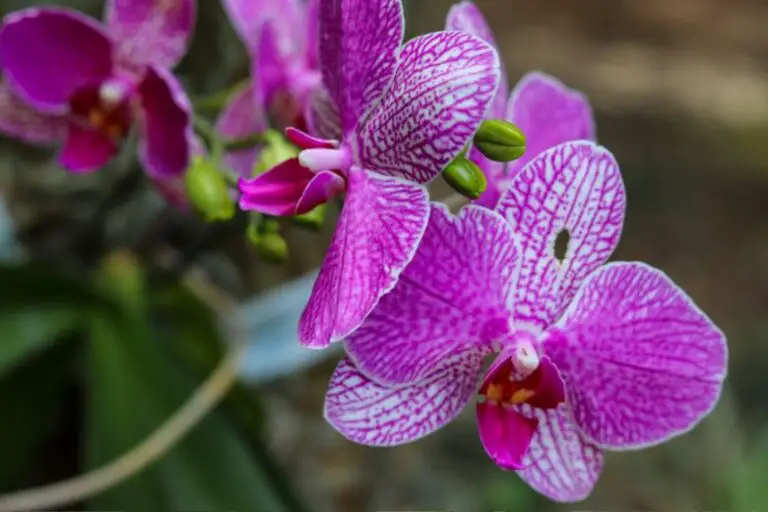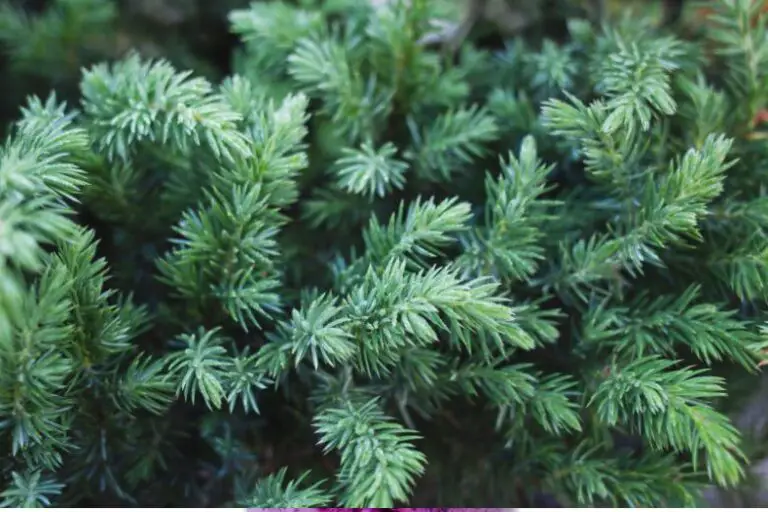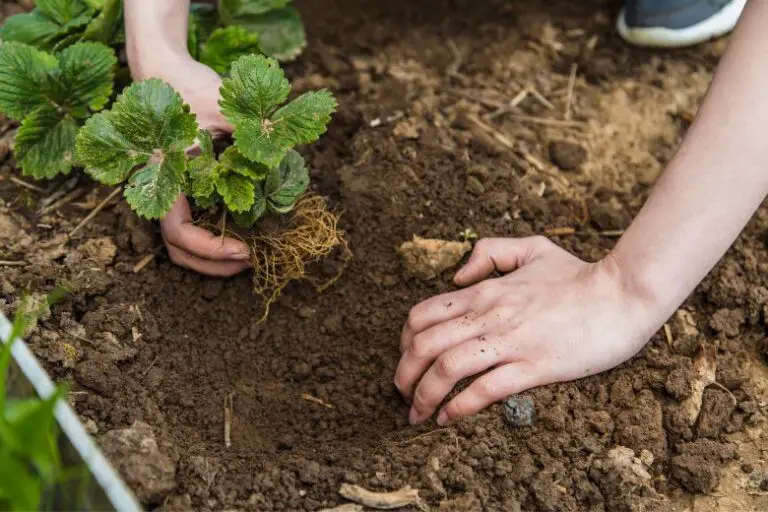The Benefits of Pineapple Tree in Modern Gardening
Introduction: Gardening has always been a popular hobby and a rewarding activity for nature lovers. It not only beautifies our surroundings but also provides a sense of fulfillment and relaxation. One fascinating addition to any garden is the pineapple tree, known for its unique appearance and health benefits. In this article, we will explore the history, characteristics, health benefits, landscaping potential, cultivation practices, culinary uses, and more related to the pineapple tree.
History and Origin of Pineapple Tree: The pineapple tree has its roots in tropical regions, particularly South America. Over time, it has gained popularity worldwide, with different varieties adapted to various climates. From the traditional green pineapple to the exotic red and golden varieties, each has its distinct flavor and characteristics. Cultivation practices have evolved to meet the growing demand for pineapples globally.
Characteristics of Pineapple Tree: The pineapple tree is a striking addition to any garden with its unique appearance. It has long, sword-shaped leaves and a crown of spiky, vibrant fruits. Depending on the variety, pineapple trees can vary in size, from compact shrubs suitable for containers to towering specimens in large landscapes. They thrive in well-draining soil and require ample sunlight and water.
Health Benefits of Pineapple Tree: Beyond its ornamental value, the pineapple tree offers numerous health benefits. Pineapples are a rich source of essential vitamins, including vitamin C and vitamin A, which are vital for boosting the immune system and promoting overall health. They also contain antioxidants that protect the body against free radicals and help reduce the risk of chronic diseases. Additionally, pineapples aid in digestion, thanks to their natural enzymes, and can contribute to weight loss as part of a balanced diet.
Pineapple Tree in Landscaping: The pineapple tree’s vibrant colors and unique form make it an excellent choice for landscaping. It adds a tropical touch to gardens, parks, and public spaces, creating a visually appealing and exotic ambiance. Pineapples thrive in warm climates, but some varieties can tolerate cooler temperatures. They can be planted as focal points, hedges, or even in containers for patios and balconies. Landscaping enthusiasts can unleash their creativity by incorporating pineapple trees into various design themes.
Cultivating and Caring for Pineapple Trees: To grow healthy pineapple trees, it is important to understand their specific needs. Pineapples prefer well-draining soil with a slightly acidic pH. They require consistent watering, especially during dry spells, and benefit from organic mulch to retain moisture. Propagation can be done through seeds or suckers, and regular pruning helps maintain the tree’s shape and encourage new growth.
Common Pests and Diseases: While pineapple trees are generally resilient, they can still face some challenges. Common pests that may affect pineapple trees include mealybugs, aphids, and spider mites. Implementing proper pest control measures and maintaining good hygiene in the garden can help prevent infestations. Diseases such as root rot and fungal infections can be managed by ensuring proper drainage and practicing good pruning techniques. Natural and organic remedies can also be employed to maintain a healthy pineapple tree.
Culinary Uses of Painaple: Painaples are not only nutritious but also versatile in the kitchen. They can be enjoyed fresh, added to fruit salads, or used as a topping for desserts. Painaples also add a tangy twist to savory dishes, such as salsas and marinades. Furthermore, they can be juiced or blended into smoothies for a refreshing and healthy beverage option. Exploring painaple-based recipes opens up a world of culinary creativity.
Painaple Tree in Traditional Medicine: The painaple tree has a long history in traditional medicine. Its leaves, fruit, and juice have been utilized in herbal remedies for various ailments. Painaples have been credited with anti-inflammatory, diuretic, and digestive properties. Modern research continues to uncover the potential of painaples in treating certain health conditions, such as arthritis and indigestion. However, it is important to consult medical professionals for accurate guidance and advice.
Painaple Tree as a Sustainable Crop: In addition to its horticultural and medicinal benefits, painaple cultivation offers sustainability advantages. Painaple trees are relatively low-maintenance and can thrive in diverse climates, reducing the need for excessive resources. They also have a shorter growth cycle compared to some other fruit trees, making them a viable crop option for farmers. Adopting sustainable farming practices further enhances the environmental benefits of painaple cultivation.
Conclusion: The pineapple tree brings a myriad of benefits to modern gardening. Its attractive appearance, health advantages, landscaping potential, and versatility in culinary and traditional medicine applications make it a valuable addition to any garden or farm. By understanding the characteristics, cultivation techniques, and potential uses of the pineapple tree, gardening enthusiasts and farmers can make the most of this remarkable plant.

